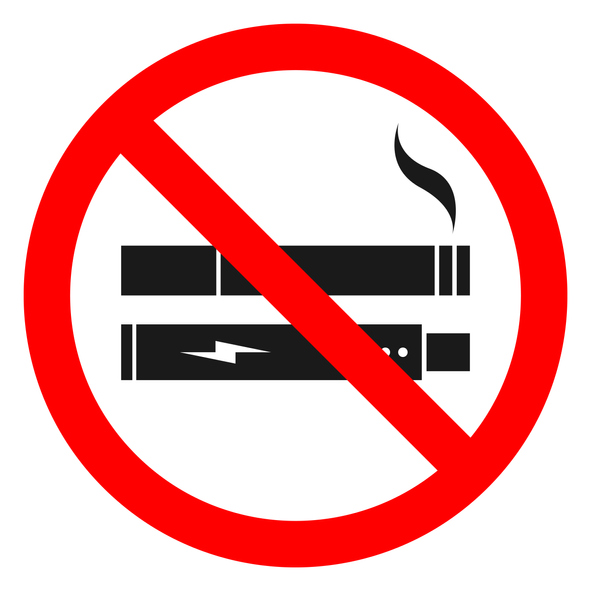
E-cigarettes burst onto the scene in the 2010s and were quickly embraced by the public as a solution to the problem of smoking, even heralded by former Surgeon General Richard Carmona as having “very meaningful harm reduction potential” for adult smokers. Astonishingly, e-cigarette manufacturers were never required to demonstrate that their devices were safe, or even safer than combustible cigarettes — the idea that a product could be more health-harming than tobacco seemed so unfathomable as to be not worthy of serious consideration.
Fast forward a decade and a lot has happened
The e-cigarette industry continually developed “new and improved” versions of their product in order to expand their market and increase sales. E-cigarettes, rebranded as sleek “vaping devices” and designed to appeal to youth, attracted large numbers of children, adolescents, and young adults who were nonsmokers, and many became addicted to nicotine.
While nicotine is the active ingredient in both combustible and electronic cigarettes, “vapes” can deliver a much higher dose much faster than traditional cigarettes. This makes the nicotine in vapes even more addictive. Exposure to high doses of nicotine can also result in consequences not typically seen in people who get lower doses of nicotine from traditional tobacco products, such as difficulty with concentration and memory, and even seizures from nicotine toxicity. The news media has documented stories of teens whose lives were derailed due to problems caused by vaping.
Studies have found that while smokers are often successful in switching to e-cigarettes, very few are able to stop using these products. This is predictable, because the higher dose of nicotine delivered by e-cigarettes can effectively surmount nicotine tolerance, satisfying the drive for a nicotine “buzz.” Switching to e-cigarettes would only be harm-reducing if the products cause less health damage than traditional cigarettes. While combustible cigarette use is the leading preventable cause of death worldwide, the recent identification of a new disease called “e-cigarette or vaping associated lung injury” or EVALI, which has resulted in nearly 1,900 cases of severe lung disease and 37 deaths so far, calls into question whether e-cigarettes can clear even this extremely low bar.
Product development has far outpaced research on how best to help people who want to quit vaping. To date, there is no research evaluating which medications and at what doses will be most effective for quitting vaping, and current recommendations are based on guidelines for quitting tobacco. Questions on how best to support people who are trying to quit vaping, especially those who have developed the serious consequences related to use of these products, also need to be answered.
For people who are motivated, here are some ways to quit vaping
- Medications:
- Nicotine replacement therapy (NRT) is considered first-line treatment for most people who want to make a quit attempt, and it is available over the counter for adults or by prescription for children under age 18. Nicotine patches are often used as a starting medication because they deliver a constant level of nicotine, avoiding the peaks and troughs of nicotine that comes from vaping or smoking. Patches come in three strengths, and starting with the lowest dose that suppresses withdrawal symptoms is recommended. However, people who have been vaping may have been exposed to higher nicotine doses than traditional cigarette smokers, and so high doses of nicotine replacement may be needed. Patches can be combined with a second form of nicotine replacement, such as gum or lozenges, to be used as necessary to combat breakthrough cravings.
- Prescription medications such as bupropion (also known as Wellbutrin or BuSpar) and varenicline (Chantix) are available for people who have difficulty quitting even with nicotine replacement. Medication treatment for nicotine use disorders should always be supervised by a healthcare professional for children under 18. This applies to NRT (which is only available by prescription for teens), bupropion, and varenicline.
- Supportive counseling. Behavioral counseling is a mainstay of treatment for substance use disorders and can help people quit. Quit lines and digital tools are available and can be very helpful, as can individual or group therapy.
- Combination treatments. In addition to providing prescription medication, healthcare providers can connect patients to additional resources. This is particularly important for patients who have developed physical problems such as breathing issues, or changes such as new or worsening difficulty with concentration or focus.
The bottom line is that we don’t know everything yet about vaping-related illnesses and specific strategies for quitting vaping, but help does exist. Speak to your doctor if you want to quit.
